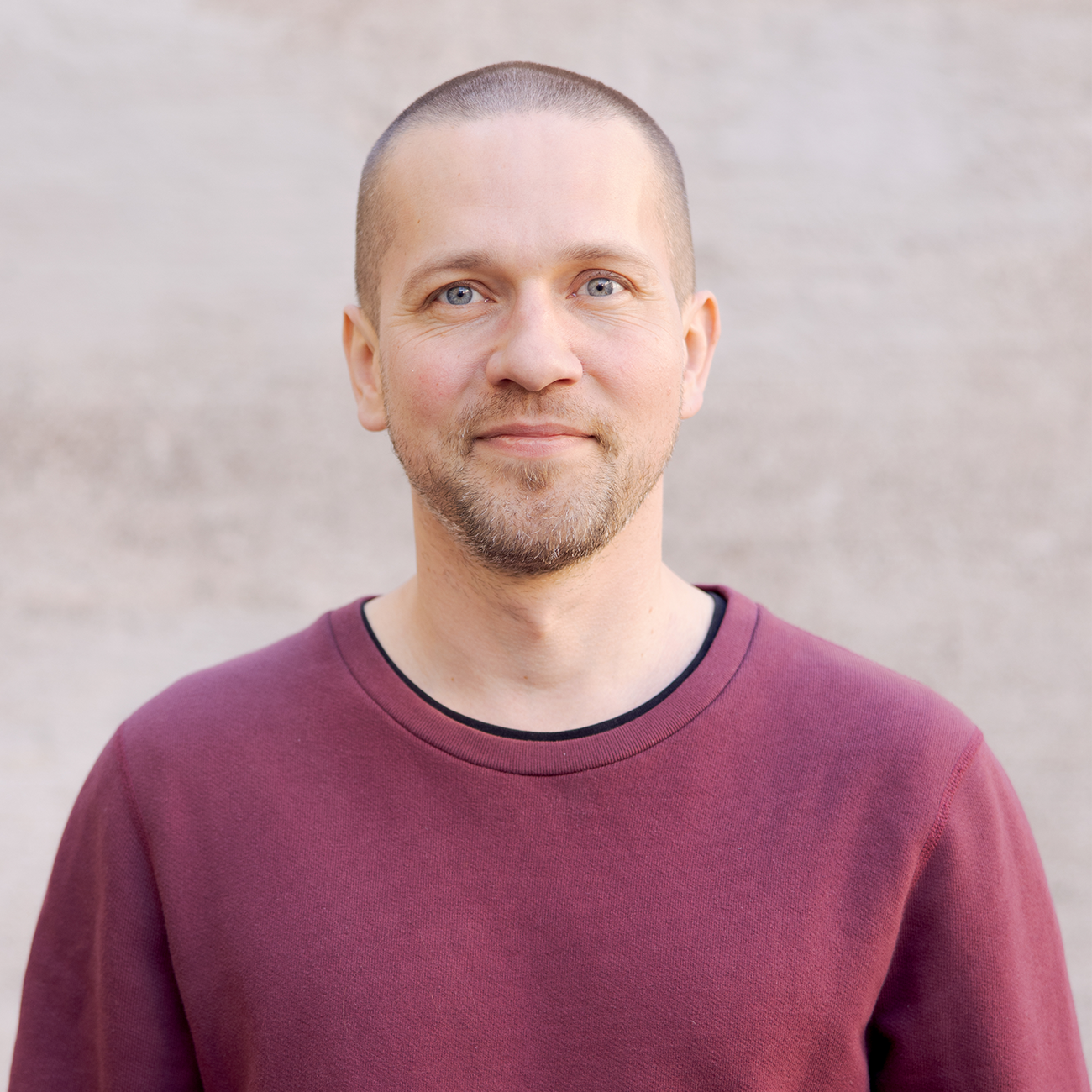Understanding people flow at the airport through extensive innovation collaboration
The City of Helsinki is participating in an experiment where the people flow in the airport's check-in area is measured using innovative technologies. Can the customer experience be improved with data produced by sensors, and could the same technology be utilized more broadly in the urban environment?
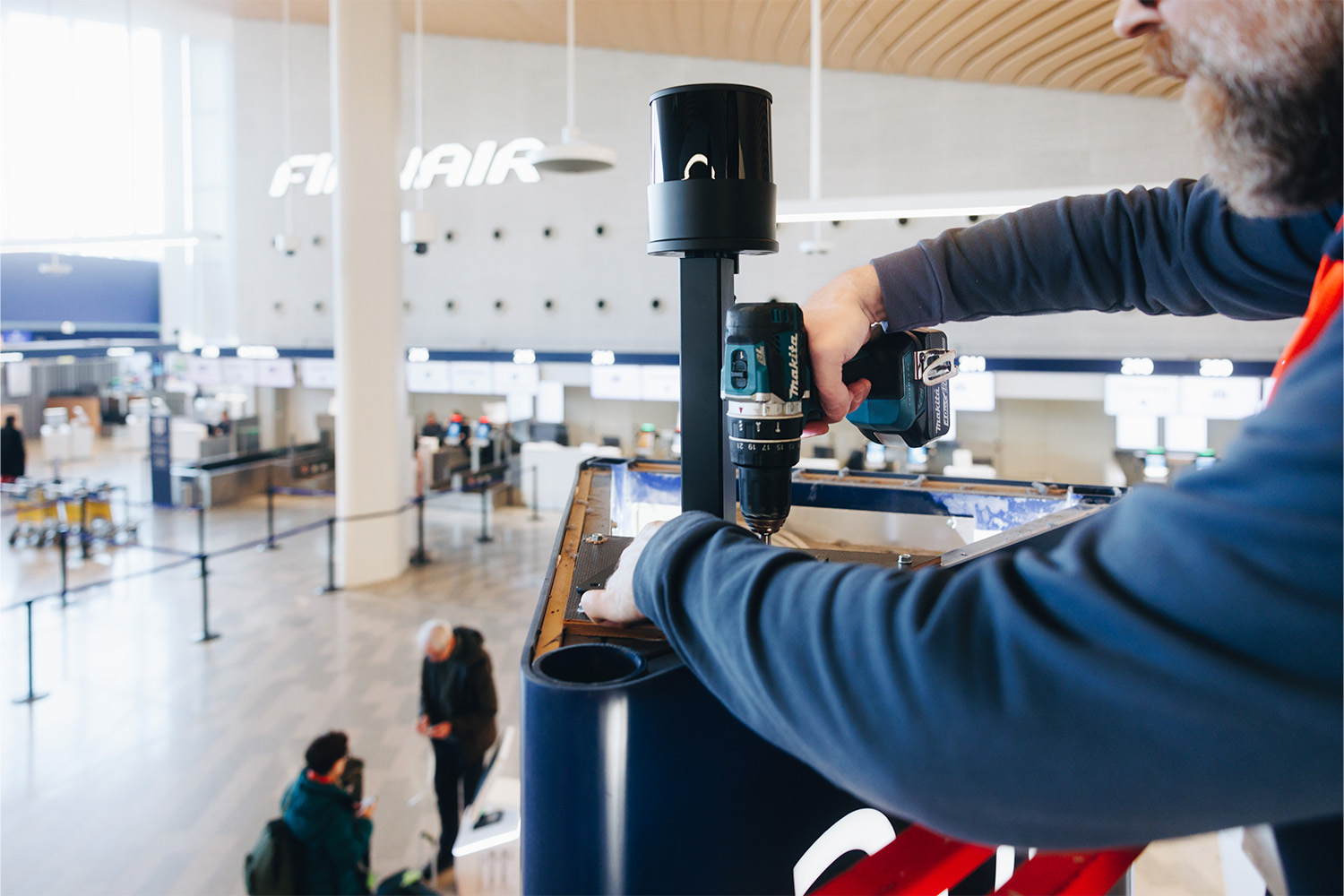
Helsinki-Vantaa Airport is an essential gateway to Finland’s capital. Both leisure and business travelers bring vitality and potentially investments that benefit both the city and its residents.
— The airport experience is the first and last touchpoint for a business traveler in the city. Even if the visit to Helsinki was otherwise positive, a crowded or confusing airport passage can leave a negative impression. A smooth, pleasant, and well-organized airport experience, on the other hand, enhances the city’s attractiveness and encourages travelers to return. The city’s image is built not only on arrival but also on how farewells are made, summarizes Osmo Mattila, Project Manager at Business Helsinki, the reasons why the experiment is important for the city.
From spring 2025 onwards, sensors will be tested at Helsinki-Vantaa for a year, anonymously and in real-time recording people’s movements. By analyzing the digital twin created from the space, much can be understood about people flow, which can indirectly help learn about the utilization rate and functionality of spaces.
— Now, project partners are developing methods for effectively utilizing the data, says Mattila.
The experiment is significant in scale. In addition to the City of Helsinki, Kone, Granlund, Finnair, Haltian, Metatavu, the University of Helsinki and the University of Lapland, and Finavia are involved in funding. Flow Analytics is responsible for the technology of the experiment, and HT-Data for the installations. The experiment is also related to Business Finland‘s project Untangling People Flow. Similar technology has previously been tested with us in Helsinki, for example, in traffic measurements at Esplanadi.
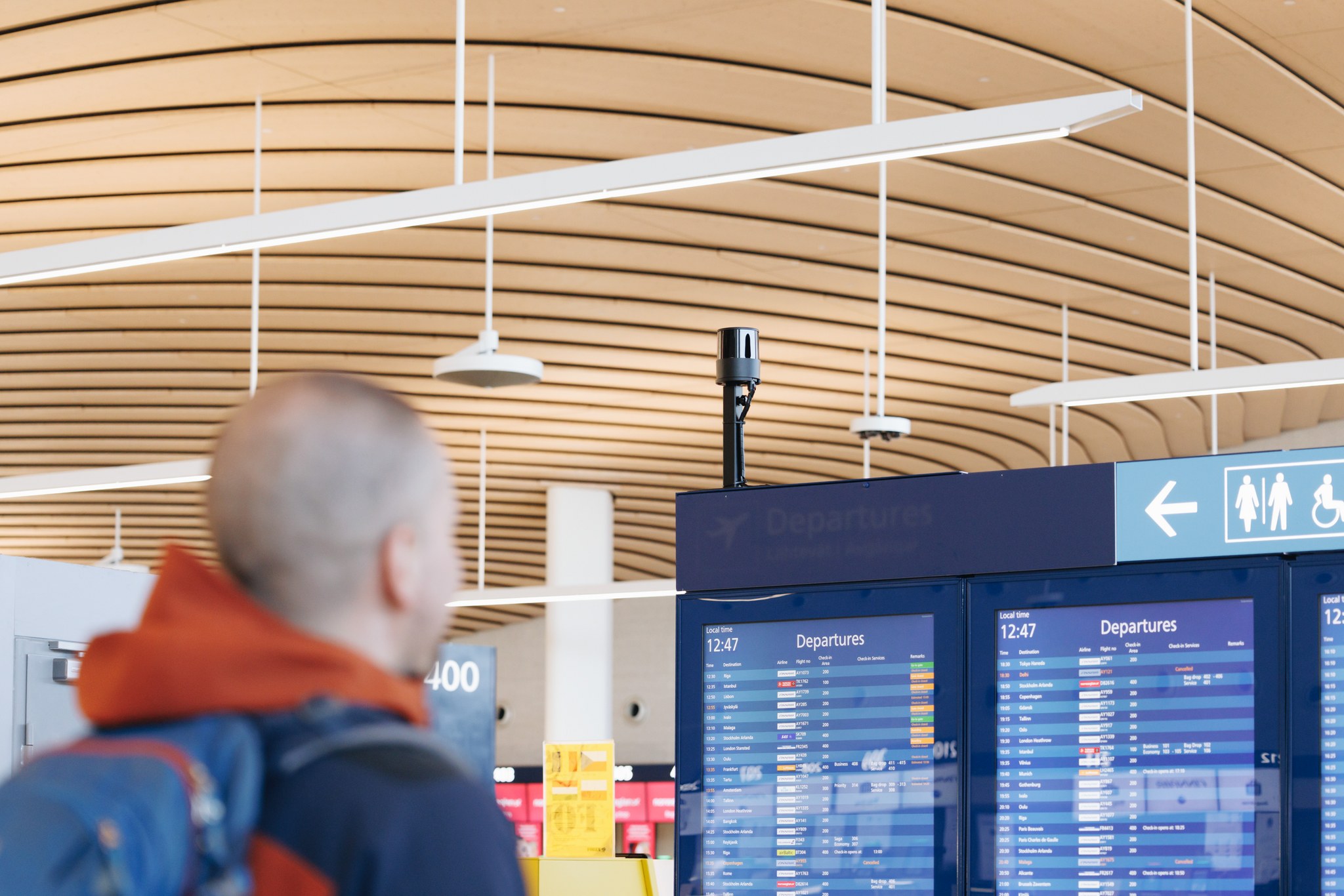
The experiment enhances product development
The airport is a versatile testbed: it hosts a high volume of passengers, staff, and other visitors. For companies, a spacious and dynamic testing environment offers attractive opportunities to test the functionality of their products, and for researchers, the experiment provides a valuable chance to generate new insights and knowledge.
Jari Erämaa from Flow Analytics talks about the new technology being tested:
— Our measurement is based on LiDAR technology, also known as laser scanning. It measures distances using an infrared laser and creates a three-dimensional model of the environment, called a point cloud. The point cloud is not stored anywhere, but artificial intelligence recognizes the locations of passengers from it ten times per second. This provides completely anonymous information about how passengers move in the departure hall. The collected data is stored in a cloud service, from which the participating companies and research institutions receive real-time data. This data can be used to model and predict, for example, queue situations, processing times, and people’s behavior in different areas. By analyzing the data, it can also be used to make models and predictions. Through this and other projects, we are developing our technology to be even better.
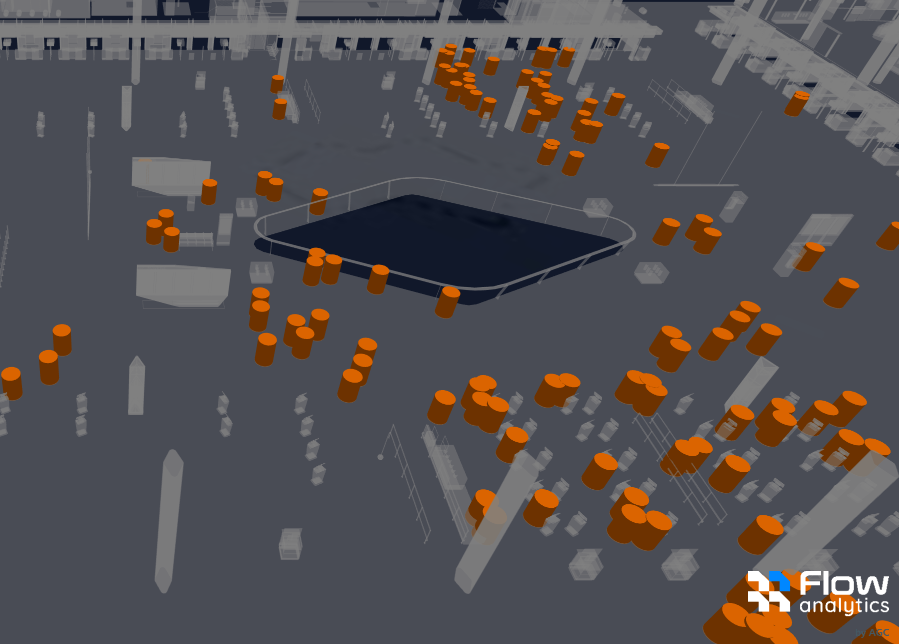
The experiment is also significant for building technology, determining space utilization rates, and planning usage:
— We have experience in creating digital twins of buildings, which has led us to become interested in measuring human flows. From this, it’s possible to indirectly gain insights into how buildings are used, such as optimizing energy consumption or the level of water usage. This information can then be utilized in the design and implementation of space solutions and building technology, reflects Heikki Ihasalo from Granlund, and continues:
— We have designed the building technology for the new airport building, so we hope to get useful feedback from the experiment!
Globally known for its elevators, Kone is investing in digital twins and people flow analysis. Their Station Twin solution was piloted at Helsinki metro stations, and the airport experiment is related to the same topic:
— The digital twin of people flow is one of our important development projects. The project behind the experiment is a very interesting and unique opportunity: it aims to understand people’s movements accurately by collecting real-time data and transforming it into more valuable forms. Understanding people’s movement has many benefits: for example, people flow at stations become smoother, public transport becomes more attractive, or we understand the utilization rate of restaurants and reduce food waste – it can be viewed from many different perspectives, says Jari Karhu from Kone, and continues:
— We want to expand our understanding of people flow beyond elevators to what happens in the entire building or city. This movement can indicate, for example, whether elevators or escalators are in good condition and optimally used. Product development collaboration is at the core of this experiment for us. Our innovation always starts from the customer’s needs, so experimenting with real end-users is valuable to us.
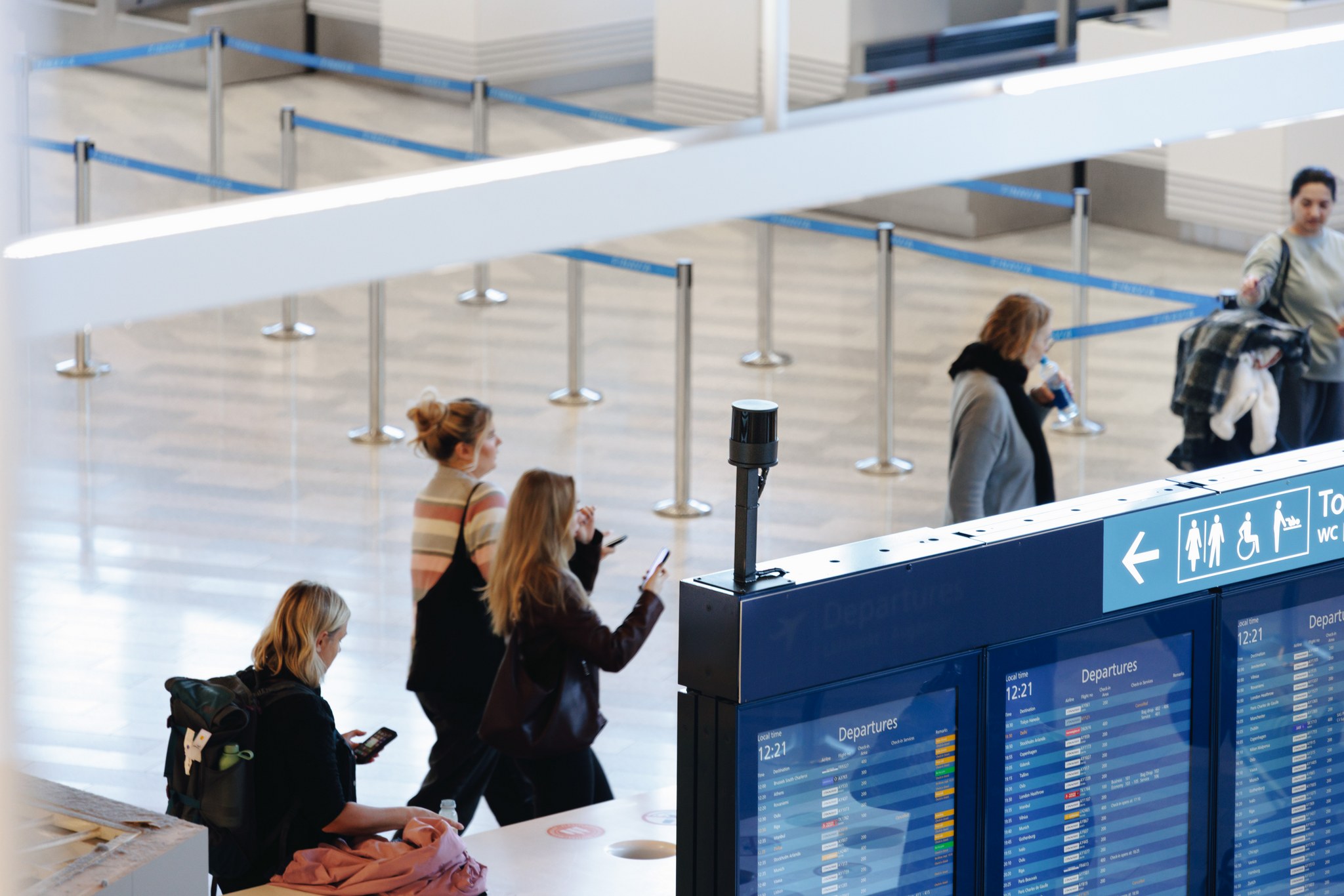
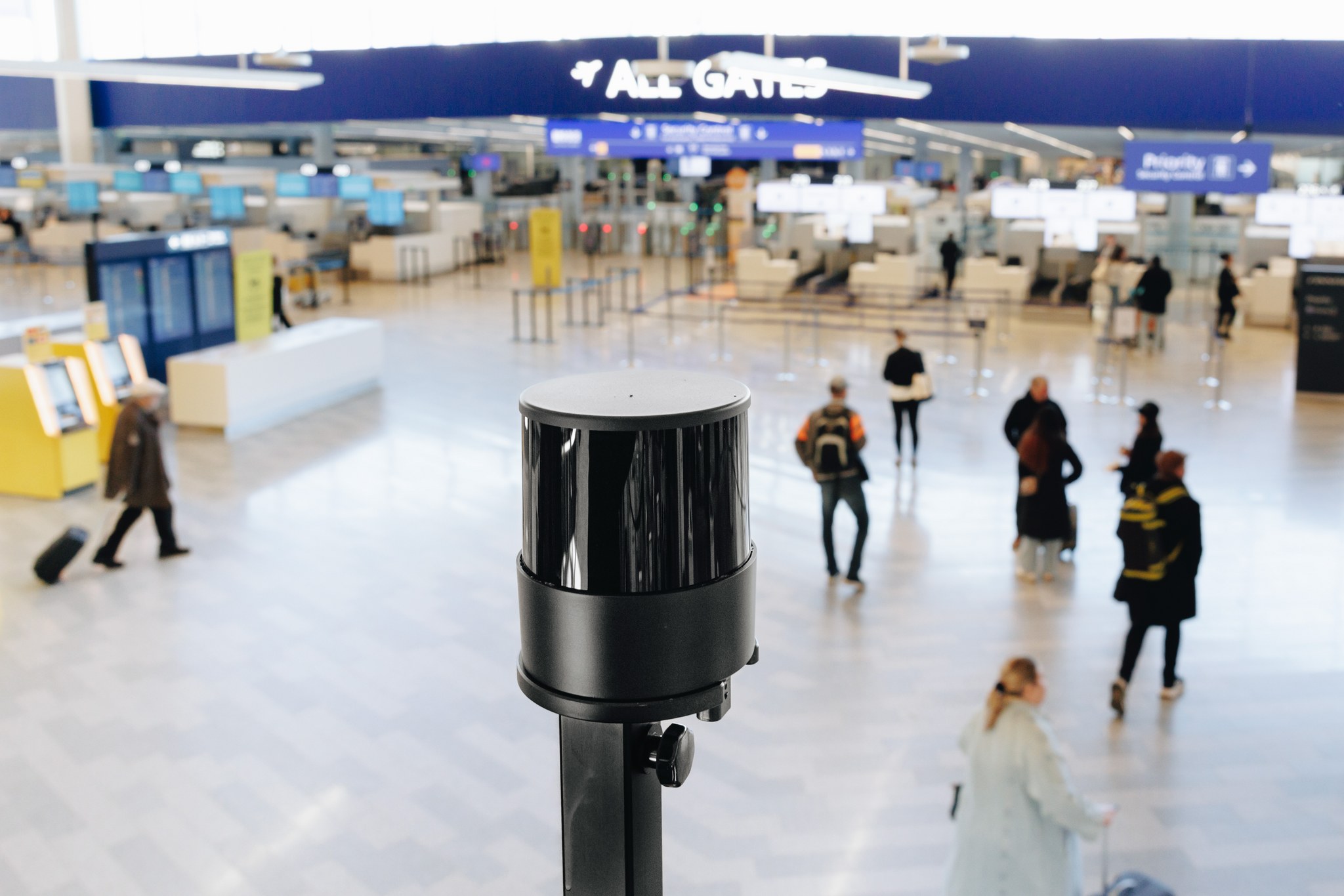
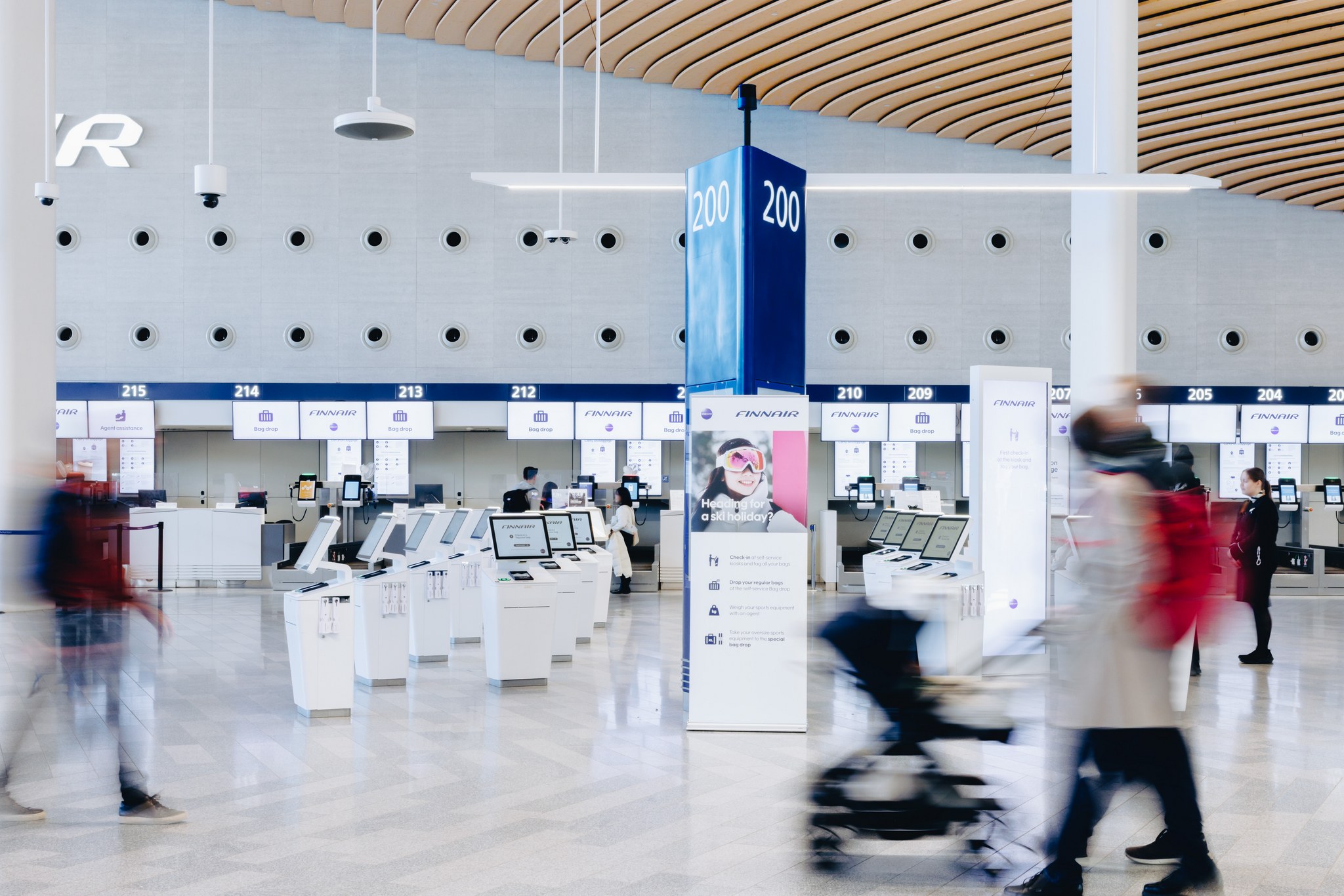
Innovation collaboration benefits everyone
The experiment has been carried out in extensive innovation collaboration, which has received praise from all involved.
— It is very interesting to get to know the goals of different companies in the experiment and how each one tries to solve various issues with our data, says Erämaa.
— It has been great to share information among different parties in the experiment. Analyzing the results together brings us completely new perspectives as we collaborate with other companies and research institutions. We have enjoyed this method, praises Ihasalo.
— The experiment involves very interesting partners, and we have developed strong cooperation. This has been a unique opportunity to test our ideas in a real environment. Sharing expertise and assistance in implementing the experiment has been wonderful. I believe the experiment will also benefit research. This is true innovation, reflects Karhu.
For universities, the experiment is a good opportunity to test AI modeling on large amounts of data.
— This Business Finland project has several goals: the business of the participating companies is expected to grow through the results of the experiment and the collaboration within it. For us as a university, it is important that something new is being tested here, which we can utilize in scientific publications and the production of scientific knowledge, says Andrew Rebeiro-Hargrave from the University of Helsinki.
— Our goal is also to increase cooperation with the business sector in co-development and innovation development. The participants in the project have very different backgrounds; often multidisciplinary collaboration is needed for new ideation and creation, says Pekka Pellinen from the University of Helsinki.
What happens after the experiment?
— Now we can measure how people actually behave and move. This information can be fed back into space planning – whether it is about comfort or space utilization efficiency. The lessons from the experiment could be used in the future in Helsinki for planning other crowded environments or, for example, event management, says Mattila.
Photos: Vesa Laitinen/Testbed Helsinki
